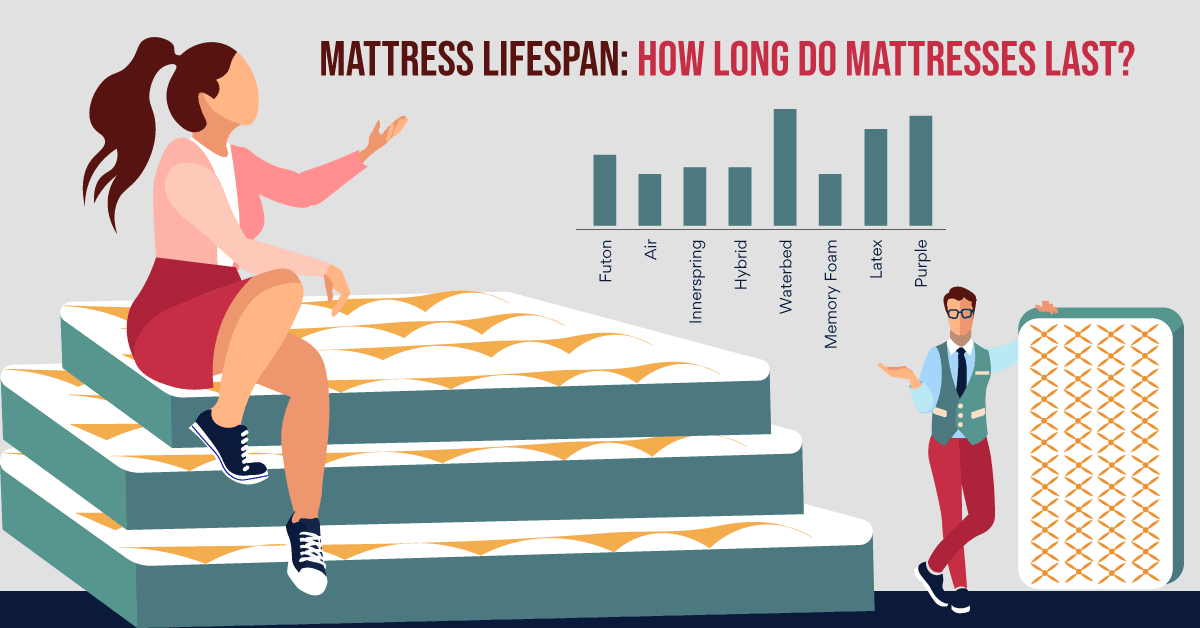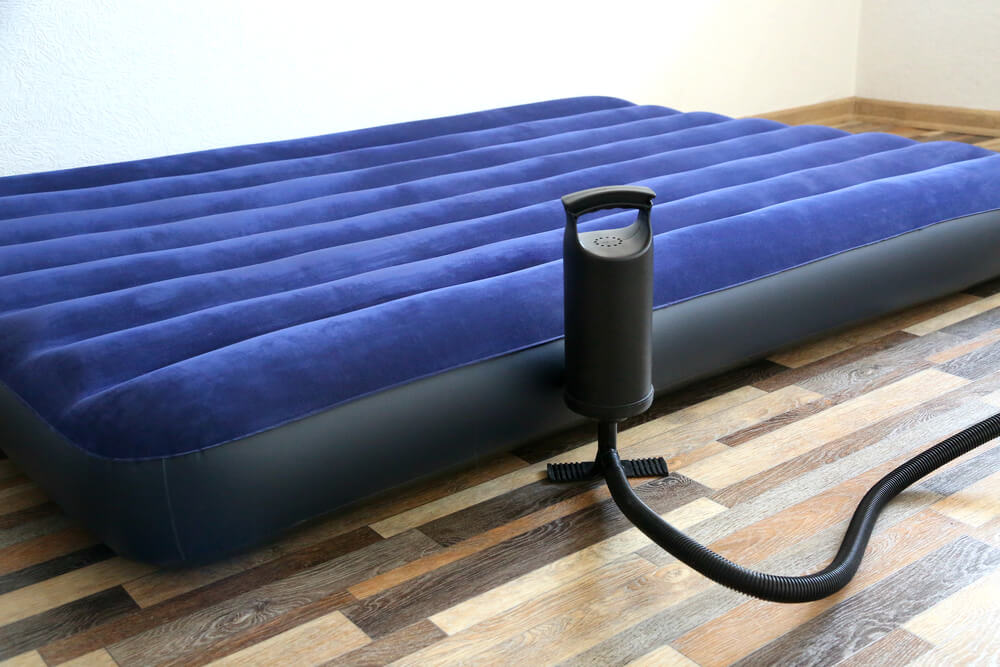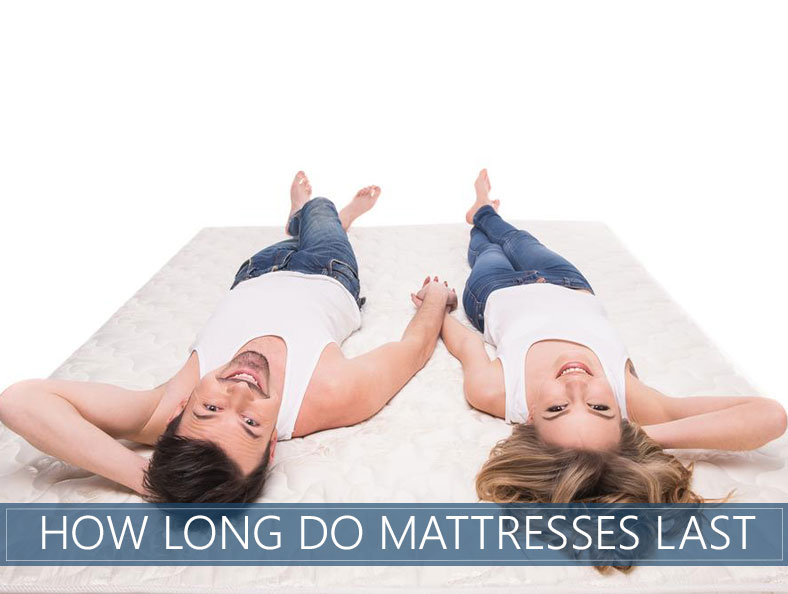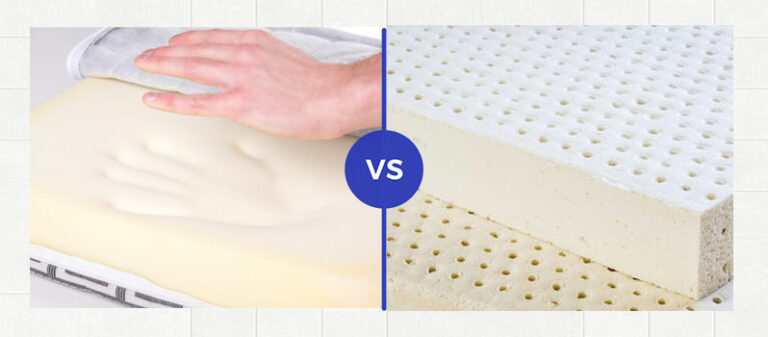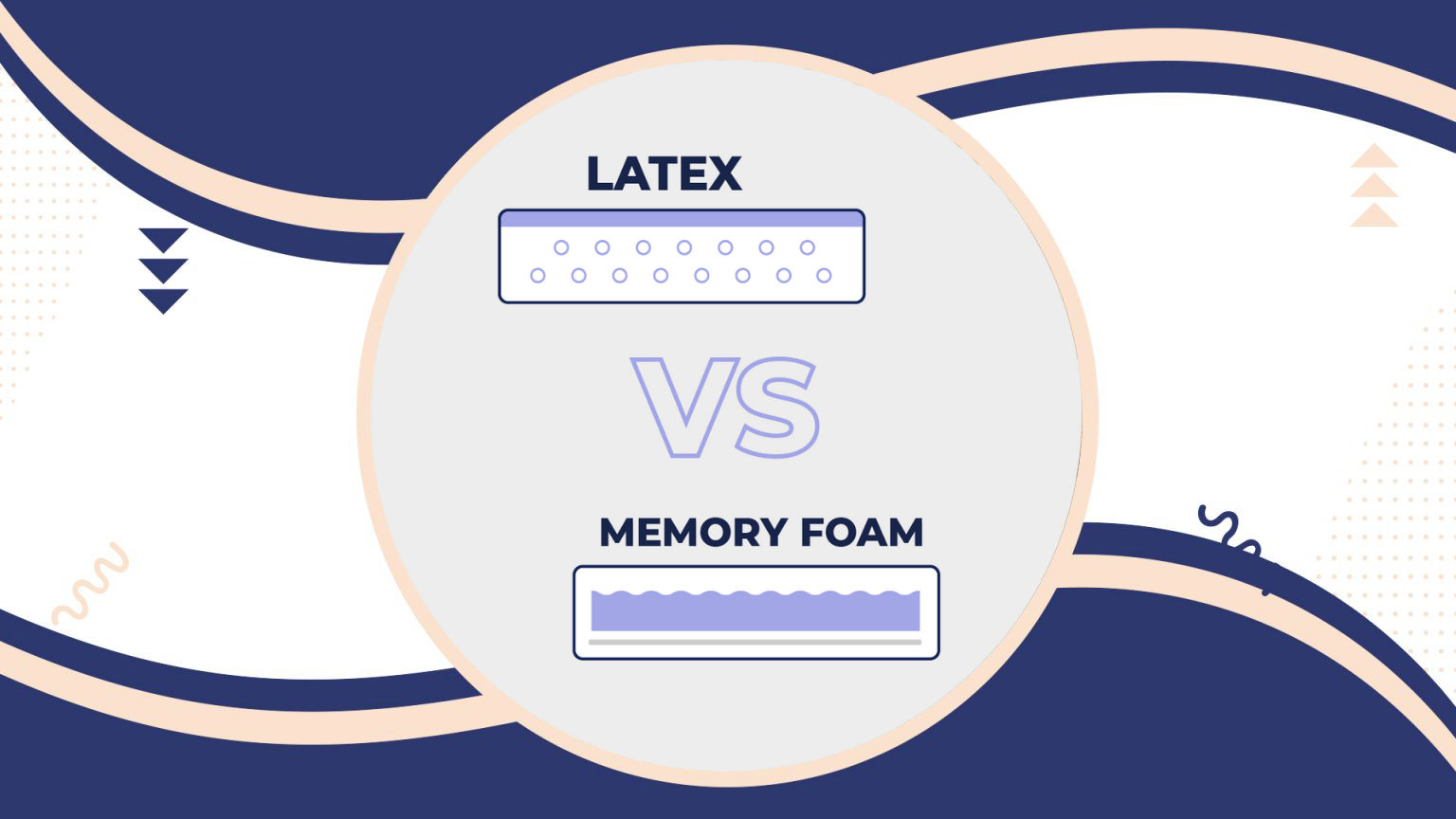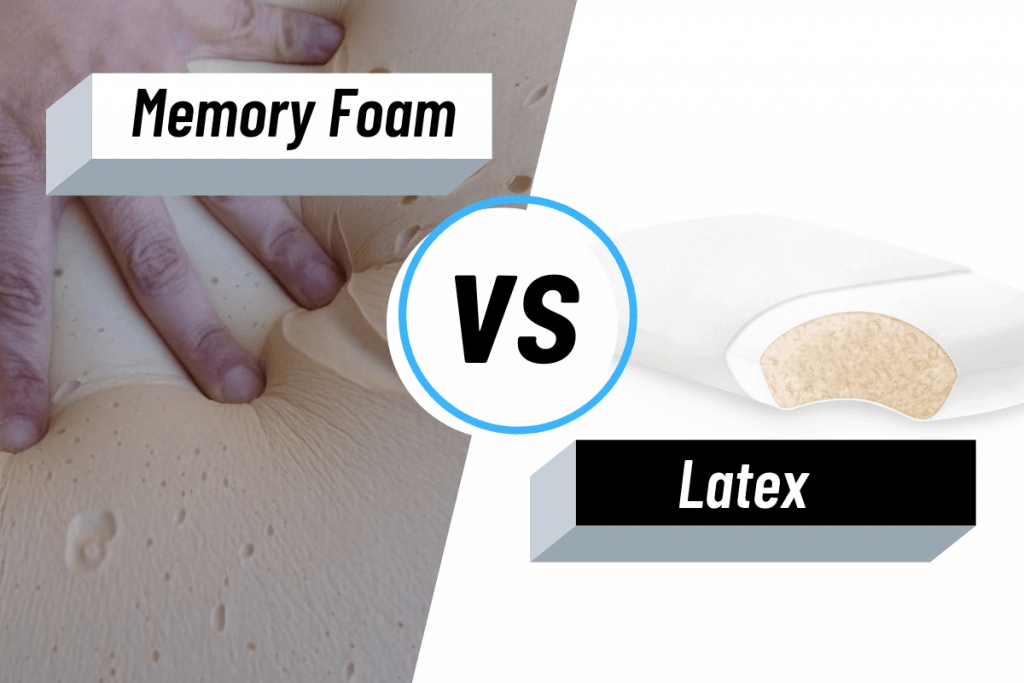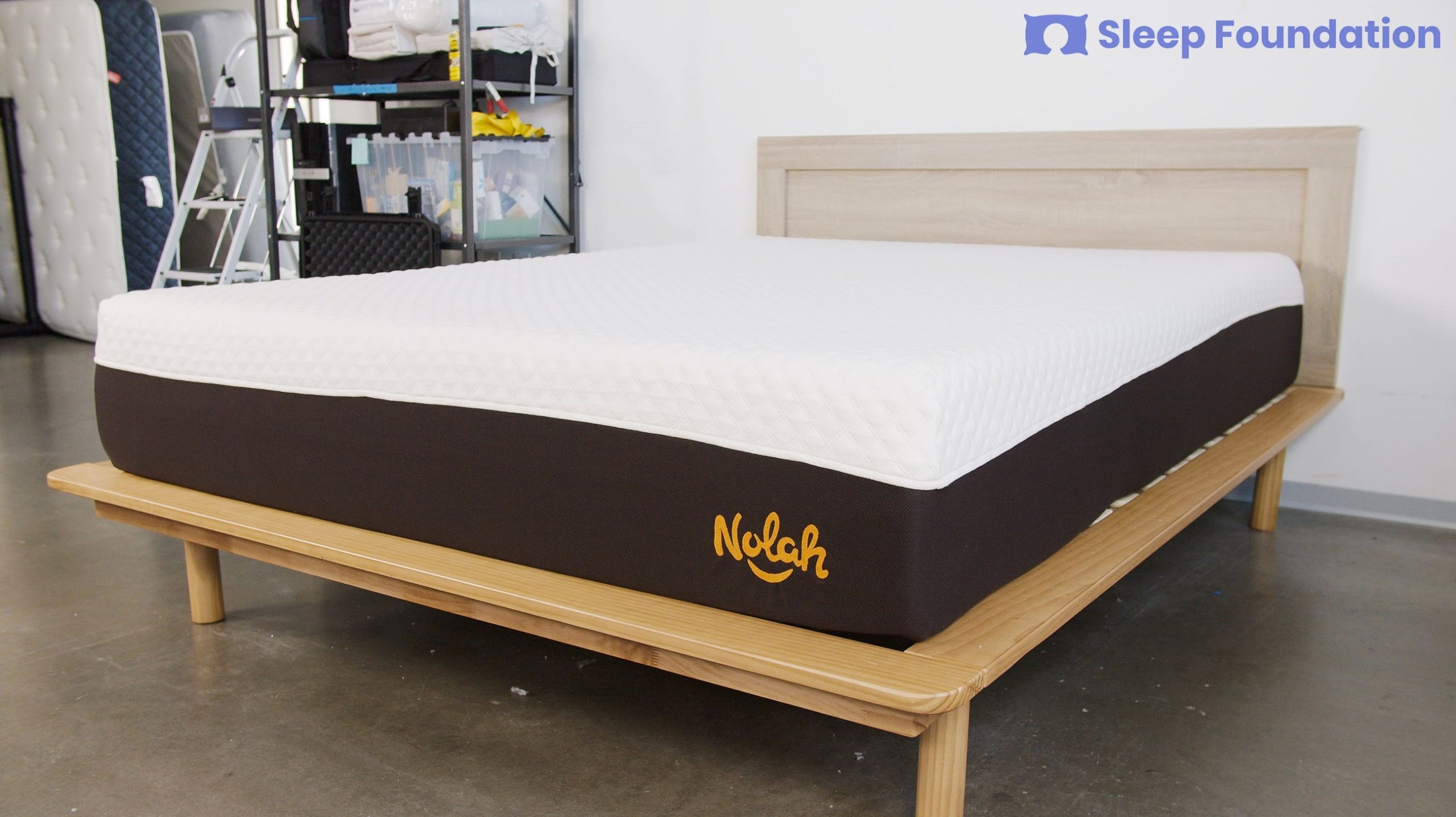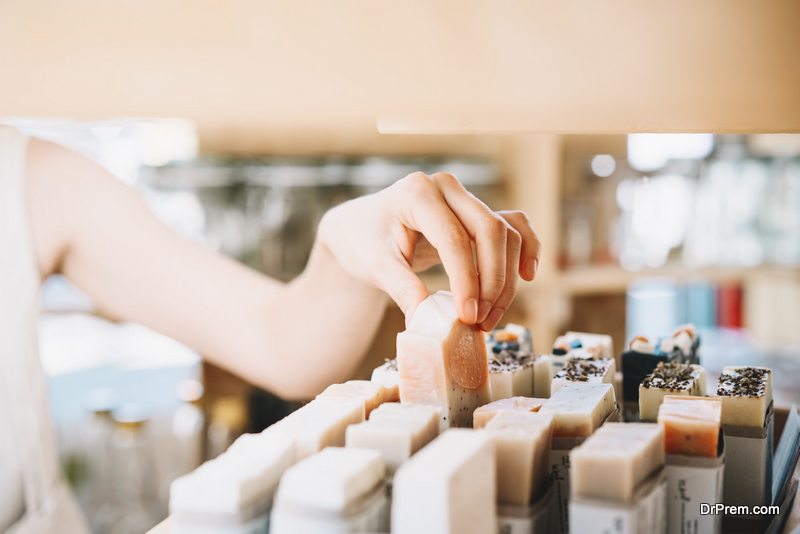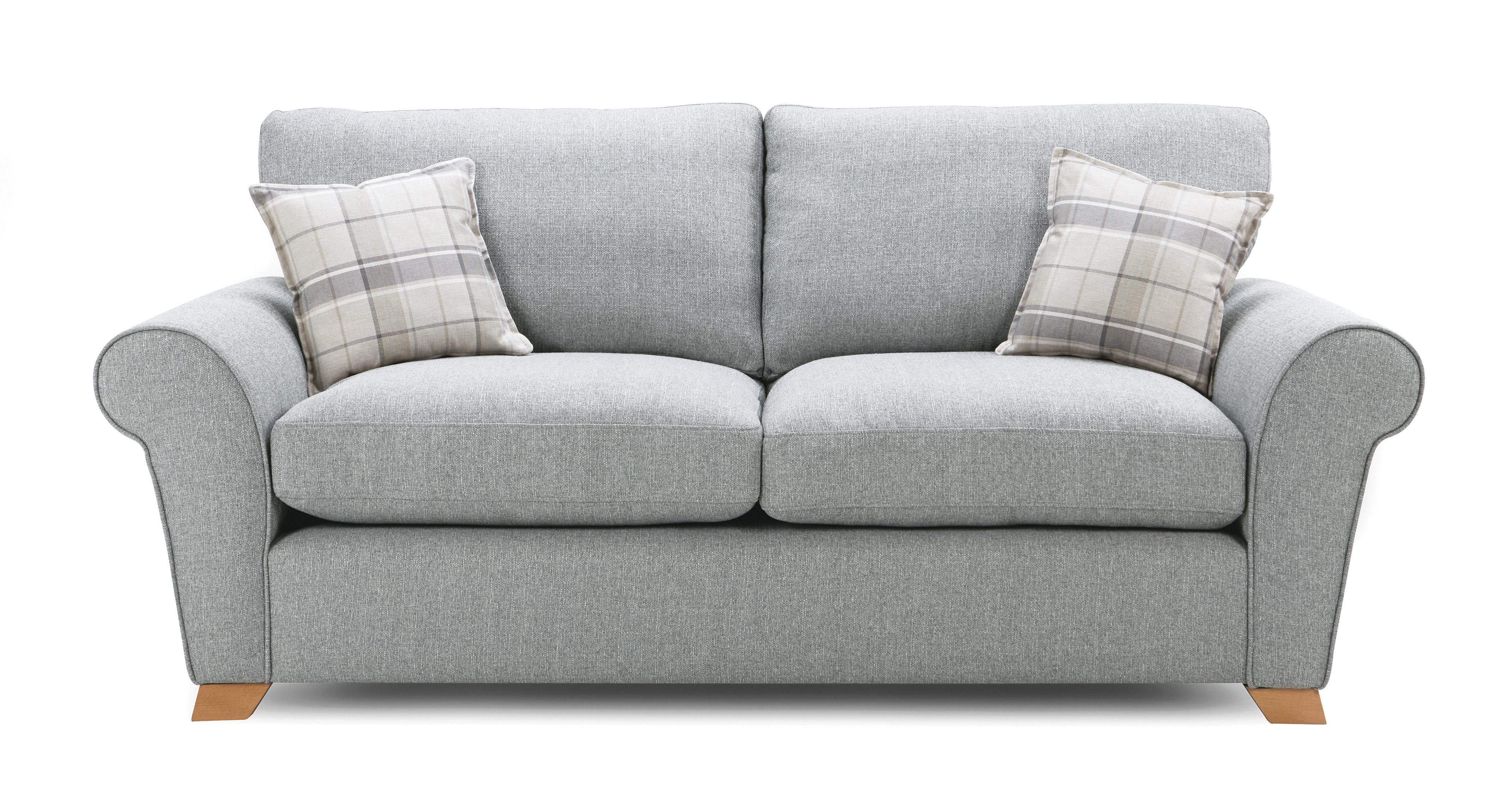When shopping for a new latex mattress, one of the most common questions is how long it will last. After all, mattresses are a big investment and you want to make sure you're getting the most bang for your buck. The average lifespan of a latex mattress is typically around 8-10 years, but it can vary depending on several factors.What is the average lifespan of a latex mattress?
The lifespan of a latex mattress can vary based on the quality of materials, usage, and care. A high-quality latex mattress can last up to 15 years, while a lower quality one may only last 5-6 years. On average, you can expect a latex mattress to last between 8-10 years with proper care.How long do latex mattresses typically last?
Several factors can impact how long your latex mattress will last. The most significant factor is the quality of materials used. Natural latex mattresses tend to have a longer lifespan than synthetic ones. Additionally, the frequency and weight of use can also affect the mattress's durability. If you have a lot of people sleeping on the mattress or if you have a heavier body weight, it may wear out faster. Other factors such as temperature, humidity, and the use of a mattress protector can also play a role.Factors that affect the lifespan of a latex mattress
Thankfully, there are things you can do to extend the lifespan of your latex mattress and get the most out of your investment. One essential step is to rotate your mattress regularly, at least every 3-6 months. This helps distribute the weight evenly and prevents sagging in one area. Additionally, using a mattress protector can help protect the mattress from spills, stains, and dirt, which can all contribute to its wear and tear.How to extend the lifespan of a latex mattress
Latex mattresses and memory foam mattresses are often compared due to their similar properties and comfort level. However, when it comes to lifespan, latex typically outlasts memory foam. While memory foam mattresses can last around 8 years, latex mattresses can last up to 15 years with proper care. Additionally, memory foam can develop permanent indentations and sagging over time, while latex maintains its shape and support.Latex vs. memory foam: which has a longer lifespan?
One of the main concerns with any mattress is sagging, which can lead to discomfort and a shorter lifespan. The good news is that latex mattresses are less likely to sag compared to other types of mattresses. Latex has a natural resilience that helps it maintain its shape and support over time. However, as mentioned before, factors like usage and care can also contribute to sagging.Do latex mattresses sag over time?
While latex mattresses have a longer lifespan than other types of mattresses, they will eventually need to be replaced. On average, it is recommended to replace a latex mattress every 8-10 years. However, this can vary based on individual usage and wear and tear. If you start to notice sagging, discomfort, or loss of support, it may be time to consider replacing your latex mattress.How often should you replace a latex mattress?
Unlike traditional innerspring mattresses, latex mattresses are not designed to be flipped. The layers of latex are placed in a specific order to provide the best support and comfort. Flipping the mattress would reverse the layers and compromise its performance. However, you can rotate the mattress regularly, as mentioned earlier, to help distribute the weight evenly and prevent sagging.Can you flip a latex mattress to extend its lifespan?
The longer lifespan of a latex mattress offers many benefits, both financially and environmentally. By not having to replace your mattress as often, you save money in the long run. Additionally, latex mattresses are known for being eco-friendly, and a longer lifespan means less waste in landfills. With proper care and maintenance, you can enjoy a comfortable and supportive sleep on your latex mattress for many years.The benefits of a longer lifespan for a latex mattress
If you're looking for ways to extend the lifespan of your latex mattress while also being environmentally conscious, there are some options to consider. One option is to invest in a high-quality, natural latex mattress. These mattresses tend to have a longer lifespan and are made from sustainable materials. Another option is to purchase a mattress topper made from natural latex. This can provide an extra layer of comfort and support while also protecting your mattress from wear and tear.Eco-friendly options for extending the lifespan of a latex mattress
The Longevity of Latex Mattresses: How Durable Are They?

Understanding Latex Mattresses
 When it comes to choosing a new mattress, one of the key factors that people consider is durability. After all, a good mattress is a significant investment and you want to ensure that it will last for years to come. This is where latex mattresses come into the picture. Made from the sap of rubber trees, latex mattresses have gained popularity in recent years for their durability and comfort. But just how long can you expect a latex mattress to last? Let's delve into the lifespan of latex mattresses and what factors can affect their durability.
When it comes to choosing a new mattress, one of the key factors that people consider is durability. After all, a good mattress is a significant investment and you want to ensure that it will last for years to come. This is where latex mattresses come into the picture. Made from the sap of rubber trees, latex mattresses have gained popularity in recent years for their durability and comfort. But just how long can you expect a latex mattress to last? Let's delve into the lifespan of latex mattresses and what factors can affect their durability.
The Longevity of Latex Mattresses
 Latex mattresses are known for their longevity
, with an average lifespan of 8-12 years. This is significantly longer than traditional innerspring mattresses which typically last 5-7 years. The durability of latex mattresses can be attributed to their natural materials and construction.
Natural latex
is made from the sap of rubber trees, making it a renewable and sustainable resource. This eco-friendly material is also known for its
resilience and elasticity
, allowing it to retain its shape and support for longer periods of time.
Latex mattresses are known for their longevity
, with an average lifespan of 8-12 years. This is significantly longer than traditional innerspring mattresses which typically last 5-7 years. The durability of latex mattresses can be attributed to their natural materials and construction.
Natural latex
is made from the sap of rubber trees, making it a renewable and sustainable resource. This eco-friendly material is also known for its
resilience and elasticity
, allowing it to retain its shape and support for longer periods of time.
Factors Affecting the Lifespan of Latex Mattresses
 While
latex mattresses are built to last
, there are certain factors that can affect their longevity. The first is the
quality of the latex
used in the mattress. Natural latex is preferred over synthetic latex as it is more durable and has fewer chemicals. The method of manufacturing also plays a role in the durability of a latex mattress. Dunlop latex, which is denser and firmer, tends to last longer than Talalay latex which is softer and more bouncy.
Another factor to consider is the
thickness of the latex layer
in the mattress. A thicker layer of latex will provide more support and can prolong the lifespan of the mattress. Additionally,
proper care and maintenance
can also impact the longevity of a latex mattress. Regularly rotating the mattress and using a mattress protector can help prevent wear and tear, extending its lifespan.
While
latex mattresses are built to last
, there are certain factors that can affect their longevity. The first is the
quality of the latex
used in the mattress. Natural latex is preferred over synthetic latex as it is more durable and has fewer chemicals. The method of manufacturing also plays a role in the durability of a latex mattress. Dunlop latex, which is denser and firmer, tends to last longer than Talalay latex which is softer and more bouncy.
Another factor to consider is the
thickness of the latex layer
in the mattress. A thicker layer of latex will provide more support and can prolong the lifespan of the mattress. Additionally,
proper care and maintenance
can also impact the longevity of a latex mattress. Regularly rotating the mattress and using a mattress protector can help prevent wear and tear, extending its lifespan.
The Bottom Line
 When it comes to durability,
latex mattresses are a top choice
. With their natural materials and sturdy construction, they can provide comfortable and supportive sleep for many years. Of course, the lifespan of a latex mattress will also depend on individual factors such as body weight and usage. But with proper care, you can rest assured that your latex mattress will provide a comfortable and supportive sleep surface for years to come.
When it comes to durability,
latex mattresses are a top choice
. With their natural materials and sturdy construction, they can provide comfortable and supportive sleep for many years. Of course, the lifespan of a latex mattress will also depend on individual factors such as body weight and usage. But with proper care, you can rest assured that your latex mattress will provide a comfortable and supportive sleep surface for years to come.







